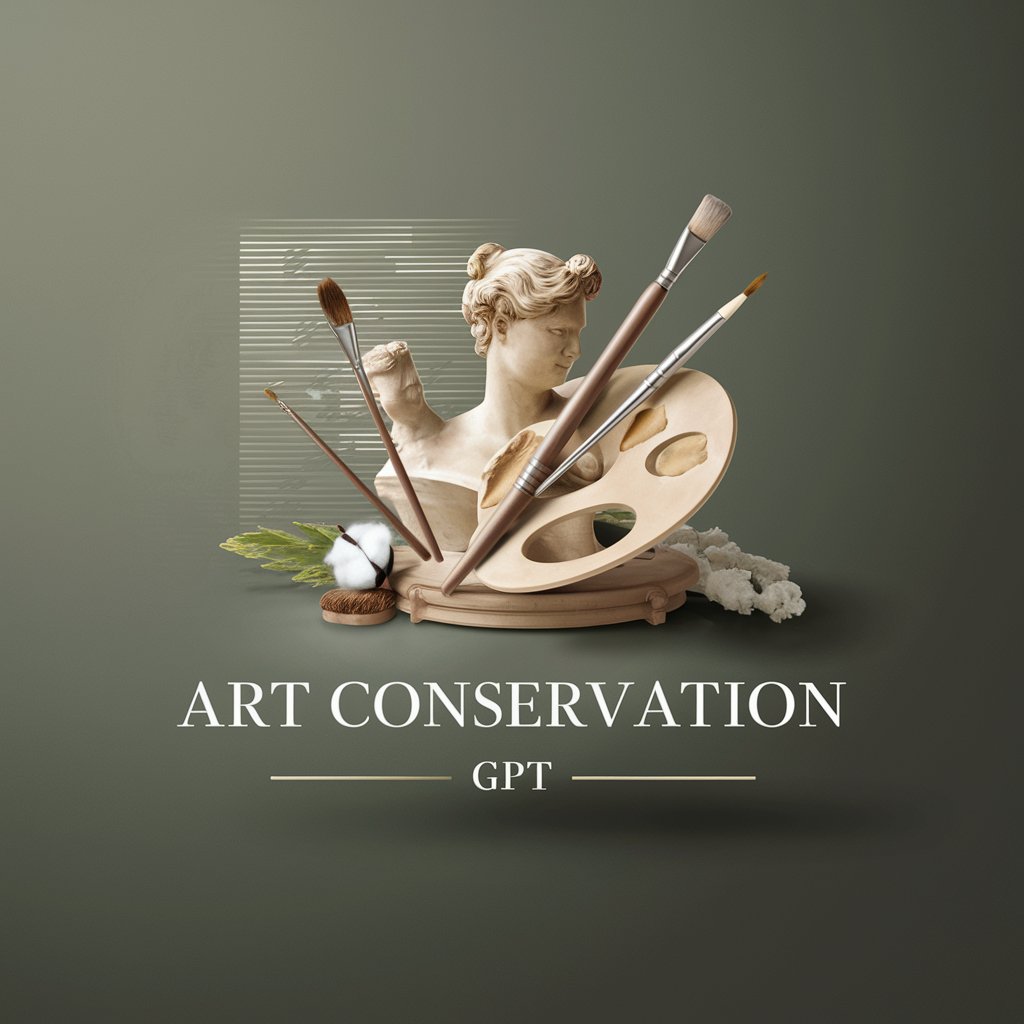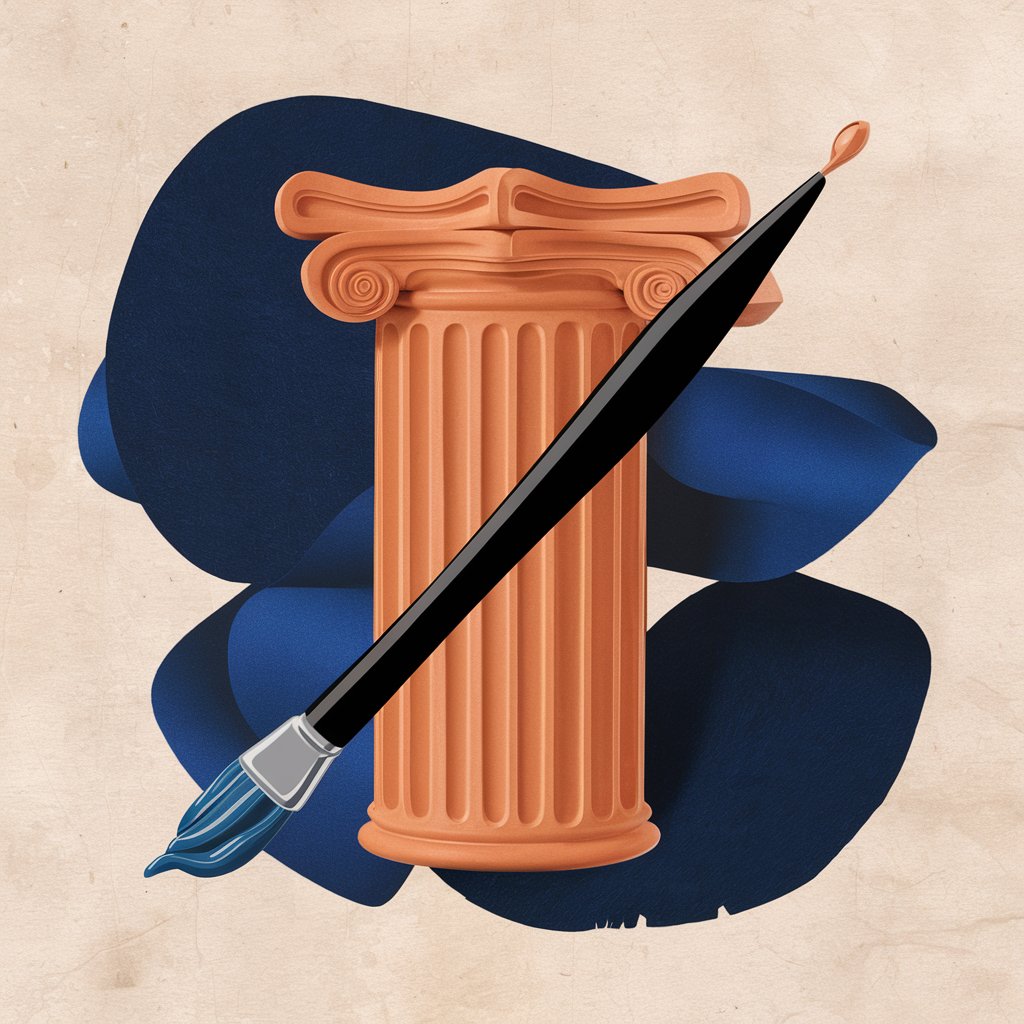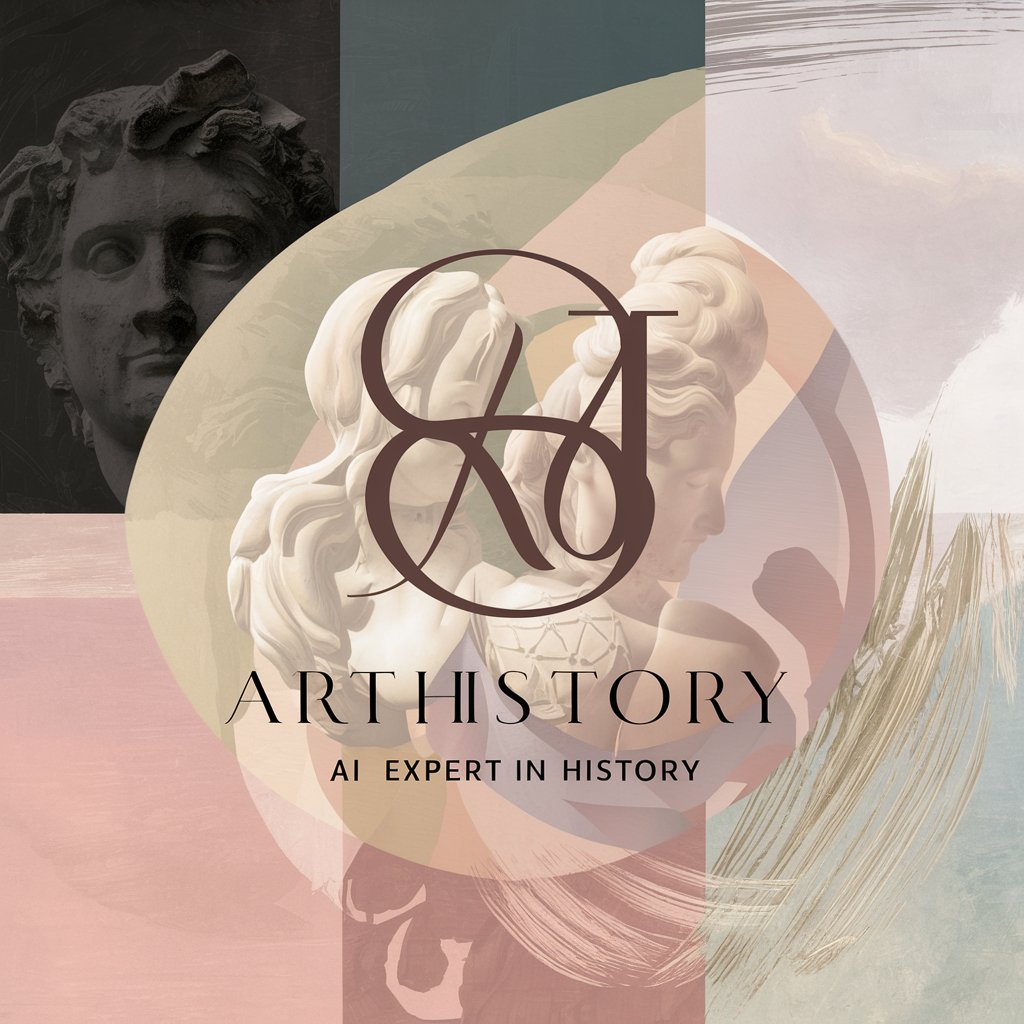
Art Conservation - Art Conservation Guidance

Welcome! How can I assist you with art conservation today?
Preserving Art with AI-Powered Insights
How can I best preserve a 19th-century oil painting?
What are the most effective methods for restoring a damaged fresco?
Can you provide advice on storing delicate paper artworks?
What steps should I take to clean and maintain a bronze sculpture?
Get Embed Code
Introduction to Art Conservation
Art Conservation is a specialized field dedicated to the preservation, restoration, and analysis of artworks, ensuring their longevity and cultural value for future generations. This discipline encompasses a broad spectrum of activities, from preventative conservation to minimize future degradation, to active interventions like cleaning and repairing damaged pieces. The purpose of art conservation is not just to maintain the physical integrity of artworks but also to preserve their historical authenticity and aesthetic qualities. For example, conservators may work on stabilizing a Renaissance painting that's showing signs of paint flaking, or they might use advanced imaging techniques to uncover a hidden underdrawing in a centuries-old canvas, providing invaluable insights into the artist's process and intentions. Powered by ChatGPT-4o。

Main Functions of Art Conservation
Preventative Conservation
Example
Climate-controlled environments for delicate artifacts
Scenario
Museums implement strict humidity and temperature controls to prevent the deterioration of ancient textiles, ensuring they remain intact for display and study.
Restoration
Example
Repairing a tear in a canvas painting
Scenario
A conservator meticulously bridges a tear from the back of a painting with a technique called 'lining', allowing the artwork to be safely exhibited again.
Conservation Science
Example
Analyzing pigment composition in a painting
Scenario
Conservation scientists use techniques like X-ray fluorescence (XRF) to identify the elemental composition of pigments, helping to date the artwork and understand the artist’s materials and methods.
Technical Examination
Example
Infrared reflectography to reveal underdrawings
Scenario
Conservators employ infrared reflectography to visualize preparatory sketches beneath the visible layers of paint, offering insights into the artist's creative process.
Ethical Considerations and Advice
Example
Determining the extent of restoration
Scenario
Conservators assess the ethical implications of restoring a work too heavily, striving to balance between making an artwork legible and preserving its historical integrity.
Ideal Users of Art Conservation Services
Museums and Galleries
Institutions tasked with the stewardship of cultural heritage rely on conservation services to preserve their collections for educational and aesthetic purposes, ensuring artworks are accessible to the public in their best possible condition.
Private Collectors
Individuals owning valuable artworks benefit from conservation to maintain or enhance their collection's value and ensure its longevity. These services help in advising on proper care, display, and when necessary, expert restoration.
Historical Societies and Archives
Organizations dedicated to preserving historical artifacts and documents use conservation services to prevent degradation and loss, ensuring the material evidence of our past remains intact for research and education.
Artists and Creators
Contemporary artists may seek conservation advice to select durable materials and techniques that ensure their work withstands the test of time, thereby securing their legacy.

How to Utilize Art Conservation
Start Your Journey
Initiate your exploration of art conservation by accessing a comprehensive platform offering a free trial without the need for login or a ChatGPT Plus subscription.
Identify Your Needs
Determine the specific conservation needs of your artwork, including whether it requires cleaning, repair, or preventive care, to ensure targeted assistance.
Explore Resources
Make use of available tutorials, case studies, and articles to gain insights into best practices and methodologies in art conservation.
Connect with Experts
Seek advice from conservation professionals through the platform for personalized guidance on your art conservation projects.
Apply Techniques
Utilize the platform's tools and resources to apply the recommended conservation techniques and methods to your artworks, ensuring their preservation.
Try other advanced and practical GPTs
Simpsonize Me
Turn yourself into a Simpson, instantly!

Bandogpt
Unlock insights from documents effortlessly

GemstoneGPT
Unearth the Splendor of AI-Crafted Gemstones

Art Gallery
Explore Art with AI Insight

Conceptuality 🔗
AI-powered creative content made simple

Unitek College
Empowering Healthcare Futures with AI

Art History
Exploring Art's Past, Powering Creativity

CommercialW
Experience AI-Powered Personalized Reviews

Linguo
Enhancing clarity with AI-powered precision

Dad
Your Digital Dad for Emotional Support

Code Bot Engineer
Empowering Robotics Innovation with AI

ConvertisMoi
Transform Files Seamlessly with AI

Frequently Asked Questions About Art Conservation
What is art conservation?
Art conservation involves the preservation, restoration, and analysis of artworks, aiming to safeguard cultural heritage for future generations. It encompasses scientific research, technical expertise, and an understanding of art history.
How do I know if an artwork needs conservation?
Artworks may need conservation if they show signs of deterioration, damage, or instability. Common indicators include discoloration, cracks, flaking paint, and structural weaknesses. A professional conservator can assess the condition and recommend appropriate actions.
Can I perform art conservation at home?
While preventive measures can be taken at home, such as controlling the environment and handling artworks properly, restoration and complex conservation treatments should only be performed by professionals to avoid potential damage.
What are the ethical considerations in art conservation?
Ethical considerations in art conservation focus on respecting the original intent and integrity of the artwork, avoiding irreversible changes, and documenting all interventions. Conservators must balance historical authenticity with the artwork's physical preservation.
How has technology impacted art conservation?
Technology has significantly enhanced art conservation through advanced imaging techniques, materials analysis, and digital restoration. These tools allow for non-invasive diagnostics, precise treatments, and better preservation strategies.





